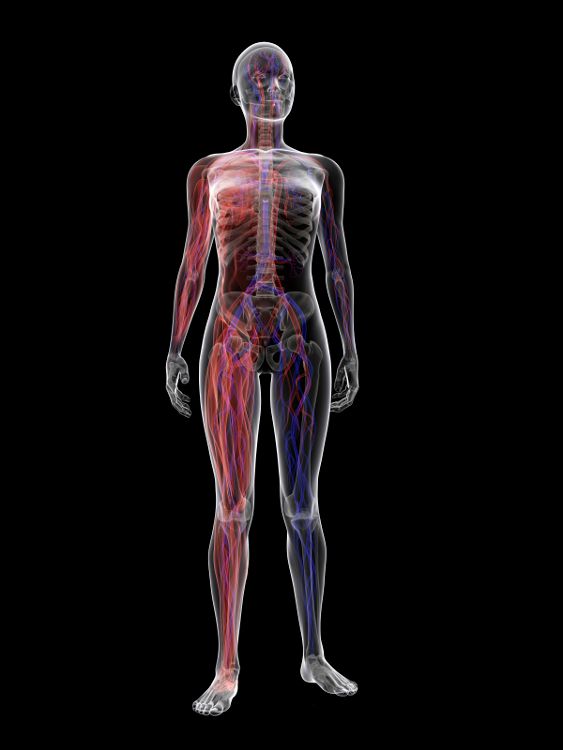Maternal health significantly impacts long-term bone health of daughters, study finds
A recent study published in Evolution, Medicine, and Public Health explored the relationship between the health of mothers during pregnancy and long-term development of their daughters’ skeleton.
Photo © iStockphoto.com/Ingram Publishing

A recent study published in Evolution, Medicine, and Public Health1 explored the relationship between the health of mothers during pregnancy (called “maternal investment” by the researchers) and long-term development of their daughters’ skeleton. The researchers did this by using birth weight of 111 women (18-40 years of age) as a reference point of their mothers’ maternal investment during their fetal life and hypothesized that the more maternal investment (based on birth weight), the slower the maturation, and the better the bone quality and architecture of subjects – independent of physical activity – in adulthood.
Results showed that birth weight and bone outcomes were most strongly associated in weight-bearing lower limbs, the femur in particular. Researchers found a positive correlation between birth weight and age of menarche (as a measure of rate of maturation), though the correlation did not reach statistical significance. There was, however, a significant correlation between age of menarche and variables reflecting longer legs (femoral and tibial lengths), a relatively narrower body, as well as larger and mechanically stronger bones in bone cross-section.
“This arrangement has biomechanical implications for bone strength: bending and torsion are the most mechanically relevant strains acting on the lower limb bones during locomotion, and these strains increase proportionately outwards as distance from the neutral centroid or bending axis of the cross-section increases,” the researchers explain. “As a result, bone that is located farther from the neutral centroid or bending axis is subjected to the most strain during loading, and this bone is very important for maximizing bending/torsional rigidity. A large bone has a greater distance between the cortical bone tissue and the centroid/bending axis in cross-section than a smaller bone, so it has higher bending/torsional rigidity simply as a bi-product of size.”
In contrast, they write, “lower maternal investment is associated with markers of a faster
life history trajectory-smaller adult size, indicative of earlier growth cessation and reduced investment in skeletal size and mechanical competence.”
Maternal investment did not contribute to all bone outcomes. For example, the researchers point out that physical activity was the sole predictor of total bone density in the joints of lower limbs, meaning that both maternal health and physical activity are important contributing factors in long-term bone quality.
This study doesn’t measure any specific nutrients that contributed to optimal bone health in offspring, but considering the current attention and popularity of prenatal supplements, the research done here demonstrates how important our fetal development is to our entire life cycle. Optimal prenatal health is a result of proper nutrition from nutrient-rich food, as well as supplements. Folate, folic acid, and omega-3s have gotten the most attention recently, but there are also important bone-supporting nutrients that are important during pregnancy as well, such as calcium and vitamin D.
References:
1. Macintosh A et al. “Maternal investment, maturational rate of the offspring and mechanical competence of the adult female skeleton.” Evolution, Medicine, & Public Health, vol. 2018, no. 1 (August 16, 2018): 167-179






